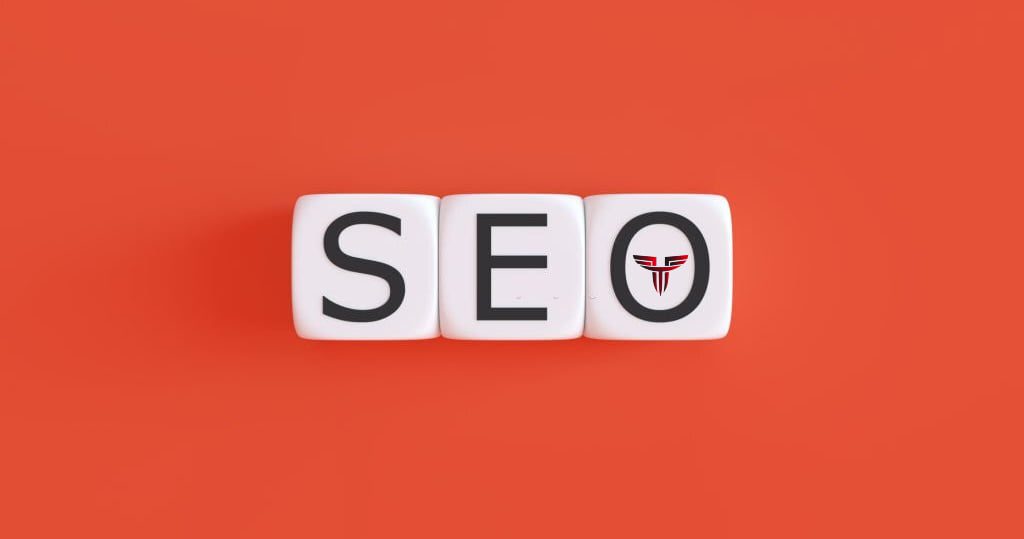Have you ever spent hours crafting a piece of content, only to have it disappear into the abyss of the internet? It’s a harsh reality for many creators that the “publish” button is not the finish line, but rather the starting point of a journey to boost your visibility. That’s where content amplification comes in, a strategic approach to turbocharging your content’s reach. If you’re tired of seeing your hard work go unnoticed, this is the guide you need.
What is Content Amplification?
Imagine the internet as a vast ocean, teeming with different forms of content. The challenge here is not creating content but making sure it doesn’t drown in the sea of information. Content amplification is your life raft in this ocean.
It is an approach that leverages various online platforms and channels to propel your content towards a larger or more specific audience. This involves a blend of strategies from online advertising and influencer partnerships, to email marketing and guest posting, all designed to drive traffic to your site.
Why Should You Amplify Your Content?
Content amplification is not just about flexing your creative muscles—it’s about getting more out of your hard work. When you amplify your high-quality content effectively, you can reap several benefits:
- Audience Growth: With increased visibility, your content can help boost brand awareness and familiarity. This, in turn, attracts potential customers. Think of channels like paid ads and SEO as your megaphones that amplify your content to reach a wider audience.
- Customer Retention: Amplification techniques such as organic social media activity and email newsletters can keep you visible to existing customers and followers. Regularly sharing insightful content demonstrates your brand’s active engagement and commitment to delivering value.
- Content Longevity: Amplification can extend the lifespan of your content, making it work harder for longer. For instance, consider how you might re-promote a library of case studies around industry events to spark renewed interest.
Building Your Content Amplification Strategy
Now that we understand the ‘what’ and ‘why,’ let’s dive into the ‘how.’ A well-planned content amplification strategy can make all the difference in whether your content sinks or swims. Here are six steps to get you started:
- Understand Your Customers: Communicate with your customers, conduct interviews, or send out surveys to understand their preferences. This will help you choose the most effective amplification channels.
- Prioritize Your Content: Conduct content audits to identify which pieces of content are performing well and which ones need a boost. This helps you strategically decide which content to amplify.
- Get Creative with Your Messaging: Tailor your message to each channel when repurposing content. Each platform has its unique audience and atmosphere—what works on Twitter may not work on Instagram.
- Set a Budget: Paid promotions can offer rapid results, but they also require a carefully planned budget. Keep your costs in check while ensuring maximum visibility for your content.
- Map Out Your Influencer Network: Influencer marketing can significantly extend your content’s reach. Build a network of relevant influencers and thought leaders within your niche to promote your content.
- Measure Success: Finally, set up key performance indicators (KPIs) to track your content’s performance. Monitor user behavior, engagement, and the impact on your company’s revenue to understand the effectiveness of your amplification efforts.
5 Amplification Channels to Supercharge Your Content
To ensure your content doesn’t get lost in the digital shuffle, consider these five amplification channels:
Facebook Ads
With nearly 3 billion users, Facebook Ads can help you target incredibly specific groups, driving traffic and potentially gaining valuable new followers for your brand. The beauty of Facebook Ads is its ability to curate a mix of both businesses and consumers from all age demographics. It’s an online space where brands and people converge, making it a potent tool in your content amplification strategy.
Meta, the company behind Facebook, reports that approximately 1.6 billion users “like” brands on the platform. Just imagine the reach your content could have! In essence, your sponsored amplification posts could serve a dual purpose — driving traffic to your content and accumulating a following for your brand.
LinkedIn Ads
If your focus leans more towards the B2B realm, then LinkedIn Ads should be your go-to channel for content promotion. LinkedIn’s advertising platform, known as Campaign Manager, provides an opportunity to engage with over 850 million professionals. Among these are 190 million senior executives, the very decision-makers you’re aiming to impress.
It’s a direct line to the corporate world, a space where thought leadership is valued and professional connections are the currency. If your content can resonate with this audience, the return on your investment could be significant.
Influencer Partnerships
Another impactful way to reach potential customers, especially those skeptical of traditional ads, is through influencer marketing. This approach is particularly effective on visually oriented channels such as Instagram and TikTok.
Why does it work? Simple. People generally trust third-party recommendations more than direct brand promotions. A relatable influencer sharing your content lends it an air of authenticity and credibility.
But proceed with caution. An ill-considered partnership can lead to wasted resources, alienation of potential customers, and even reputational damage. Always ensure that the influencers you partner with align with your brand’s values and appeal to your target audience.
User-Generated Content (UGC)
As a more organic version of influencer marketing, User-Generated Content (UGC) refers to brand endorsements made by individuals through social media posts, without any form of compensation.
UGC carries an authenticity that can often outshine even the most persuasive influencer marketing campaigns. This authentic ‘word-of-mouth’ endorsement often holds greater sway with audiences due to the perceived absence of bias.
Content Syndication Platforms
In a nutshell, content syndication involves republishing your content via a third-party outlet. These could include another brand’s website, social media profile, or even email.
This tactic can kickstart a new marketing strategy by expanding your reach, essentially allowing you to ‘borrow’ a more established platform’s audience to introduce your brand. It also provides you with valuable backlinks (links back to your website), which can improve your site’s search performance, potentially leading to an increase in organic traffic.
Content syndication platforms come in two types: free and paid. The audience you’ll reach will depend on the specific outlet. For instance, you might pay to reach a younger audience on a platform like Buzzfeed, or target corporate decision-makers by posting in a niche community on LinkedIn. Some popular free channels include Quora, Medium, and SlideShare.
For a more aggressive approach, paid platforms can project your content onto high-profile partner sites to supercharge your online presence. For instance, Taboola has affiliations with media outlets like USA Today, Insider, and CBS News. However, it’s crucial to be mindful that sponsored content can often appear spammy. To stand out, focus on delivering genuine value and avoid click-bait headlines.
Making Your Content Work Harder
Remember, the journey of your content doesn’t stop at its initial publication. To maximize your content marketing ROI, you need to ensure your content is always in the sightline of the right people—those who perfectly match your ideal customer profile.
This is where a meticulously devised multichannel content amplification strategy comes into play. Having a strategic plan will help you utilize multiple platforms to extend the reach of your content. This means that your message gets to more people, increasing brand awareness, and driving more traffic to your site.
There are several key components to an effective multichannel content amplification strategy:
- Audience segmentation: Understand who your audience is and how they interact with various platforms. This will help you to tailor your content and choose the best channels for amplification.
- Content personalization: Different platforms have different user demographics and therefore require different content. Personalize your content based on the platform and the target audience to ensure maximum engagement.
- Consistent messaging: Although the content may differ across platforms, your overall brand message should remain consistent. This will help in building a strong brand identity and improving brand recall.
- Measurement and Analysis: Constantly monitor your campaigns’ performance across all platforms. Use the insights to optimize your future campaigns and improve ROI.
- Flexibility: Be prepared to pivot and adapt your strategy as required. The digital landscape changes rapidly, and what worked yesterday may not work today.
Turbocharge Your Content’s Reach Today
With a strategic, well-executed content amplification strategy, your brand will not only reach a wider audience but will also leave a lasting impression on your target market. It helps in solidifying your brand’s position in the market, drives conversions, and ultimately aids in achieving your business goals.
At the end of the day, remember that content amplification is not just about reaching a larger audience but reaching the right audience with a targeted, relevant message. So, analyze, plan, and execute. Your audience is waiting.
Are you ready to create a resilient content amplification strategy for your business? Drop us a message or schedule a call with our content marketing specialists for a free consultation.







